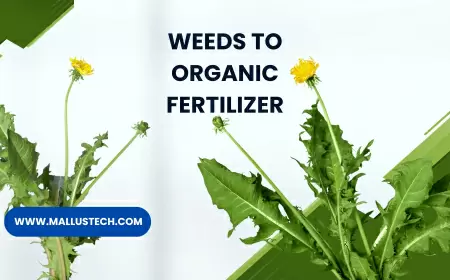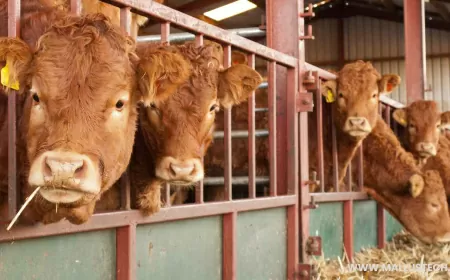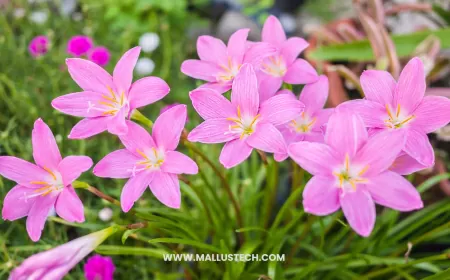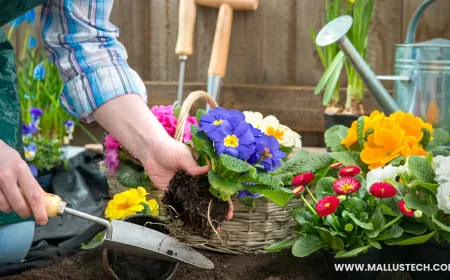Commercial Potential of Papaya Cultivation
Papaya is rich in vitamins A and C. Papaya has moved from home gardens to commercial cultivation. Things to know in papaya commercial cultivation.

Papaya is one of the traditional fruit trees. We call it by many pet names like Karumuza, Paparaka, Kaplang, and Omaakka. Papaya, which was once a fruit for the poor, is now a star on the dining tables. Papaya fruits, which are rich in nutrients and medicinal elements, have become a fruit with great marketing potential.
Let us look at the things to be considered when starting papaya cultivation on a commercial basis. Papaya is a crop that requires good sunlight. It can also be cultivated as an intercrop in coconut plantations where more than eighty percent sunlight is available. Papaya is one of the most suitable crops to cultivate as an income-generating intercrop in new plantations where coconut seedlings are planted seven and a half meters apart. In such plantations, papaya can be planted in a single row at a distance of two meters at the center of two rows of coconut trees.
Papaya, a member of the Caricaceae family, is native to South America. The first thing to consider when planting papaya is the variety. In most varieties, male and female flowers are found on separate plants. If you don't choose varieties that produce bisexual flowers or female flowers when growing commercially, the chances of success of the cultivation will be reduced. Red Lady (Taiwan 786), a hybrid variety, is a variety that is cultivated in tropical regions for its taste and storage properties. CO 8, developed by the Coimbatore Agricultural University, is another variety that produces good-tasting fruits. However, these varieties have different male and female plants, so special care is required in cultivation. If the seeds of hybrid varieties are taken from ripe fruits, the seedlings that grow from them may not have all the qualities of the mother plant. It is important to buy seeds of good varieties of papaya trees, especially hybrid varieties, from authorized establishments. The age of the seedlings used for planting is as important as the selection of seeds. If papaya seedlings older than one and a half months are planted, it can affect growth and reduce yield.
Take pits of 30 centimeters each in length, width, and depth. Mix earthworm compost (2.5 kg) and neem cake (50 grams) with the topsoil and fill the pit up to a quarter. Then, plant the seedlings. If the variety has male and female plants, plant 4 to 5 seedlings in one pit. When it starts to flower, leave one healthy female plant and remove the rest. To get a profitable yield, leave one male plant for every 10 female plants.

If you are using chemical fertilizers, you can also apply urea (90 grams), rock phosphate (200 grams), and muriate of potash (130 grams) to each plant every two months. For plants grown in sandy areas using organic farming methods, you should apply earthworm compost (2.5 kilograms), bone meal (100 grams), and sulfate of potash (150 grams) to each plant every two months. In addition to the base fertilizers, you can also apply 10 kilograms of dried manure before the onset of the monsoon (May/June).
Papaya cultivation mainly suffers from rot disease. To prevent this, copper oxychloride solution (two grams in one liter of water) should be poured into the soil after the seed germinates. For large plants, two liters of this solution can be given. It is more common in places with poor drainage. Translation of Malayalam text "Another major villain is the "ring spot" disease that causes green spots like soaked in water on the leaves and fruits of the papaya plant. The remedy is to control the aphids that spread this virus disease. For this, you can spray a mixture of neem oil and soap (5 ml neem oil, 1 liter of water, 10 grams of soap) along with a solution of Pseudomonas (20 grams in one liter of water). Neem oil soap mixture can also be used to control mealybug infestation in papaya cultivation. It is best to adopt organic farming in soil with high nematode infestation.
Ripe papaya fruits are a storehouse of enzymes that speed up the digestive process. The Fruits, which are rich in vitamins A, and C, and other minerals, are used for beauty and health care. Papain juice, obtained from green fruits, is a commercially viable product. Research centers including Tamil Nadu Agricultural University have released special varieties for this purpose. Growing market opportunities are turning papaya into a commercial crop.
To get double yield, add fertilizer
Dig pits of 30 centimeters each in length, width, and depth and add earthworm compost (2.5 kg), and neem cake (50 g) mixed with topsoil and then plant the seedlings after filling half of the pit. In addition to the base fertilizers, 10 kg of dried cow dung can also be given before the start of the monsoon (May-June).
In the commercial cultivation of papaya, scientific fertilization is essential. If you are using chemical fertilizers, in addition to these, urea (90 g), rock phosphate (200 g), and muriate of potash (130 g) can be given to each plant every two months.
For plants grown completely in organic farming methods, earthworm compost (2.5 kg), bone meal (100 g), and sulfate of potash (150 g) should be given every two months.
In order to protect the health of the soil and get more yield, you can sow horse gram seeds between the rows of plants. When the plants grow and have one or two flowers, mixing them with the soil maintains the moisture of the soil and also provides the papaya with the required green manure. By following these methods, you can increase the yield of your papaya cultivation.
What's Your Reaction?
 Like
0
Like
0
 Dislike
0
Dislike
0
 Love
0
Love
0
 Funny
0
Funny
0
 Angry
0
Angry
0
 Sad
0
Sad
0
 Wow
0
Wow
0


















